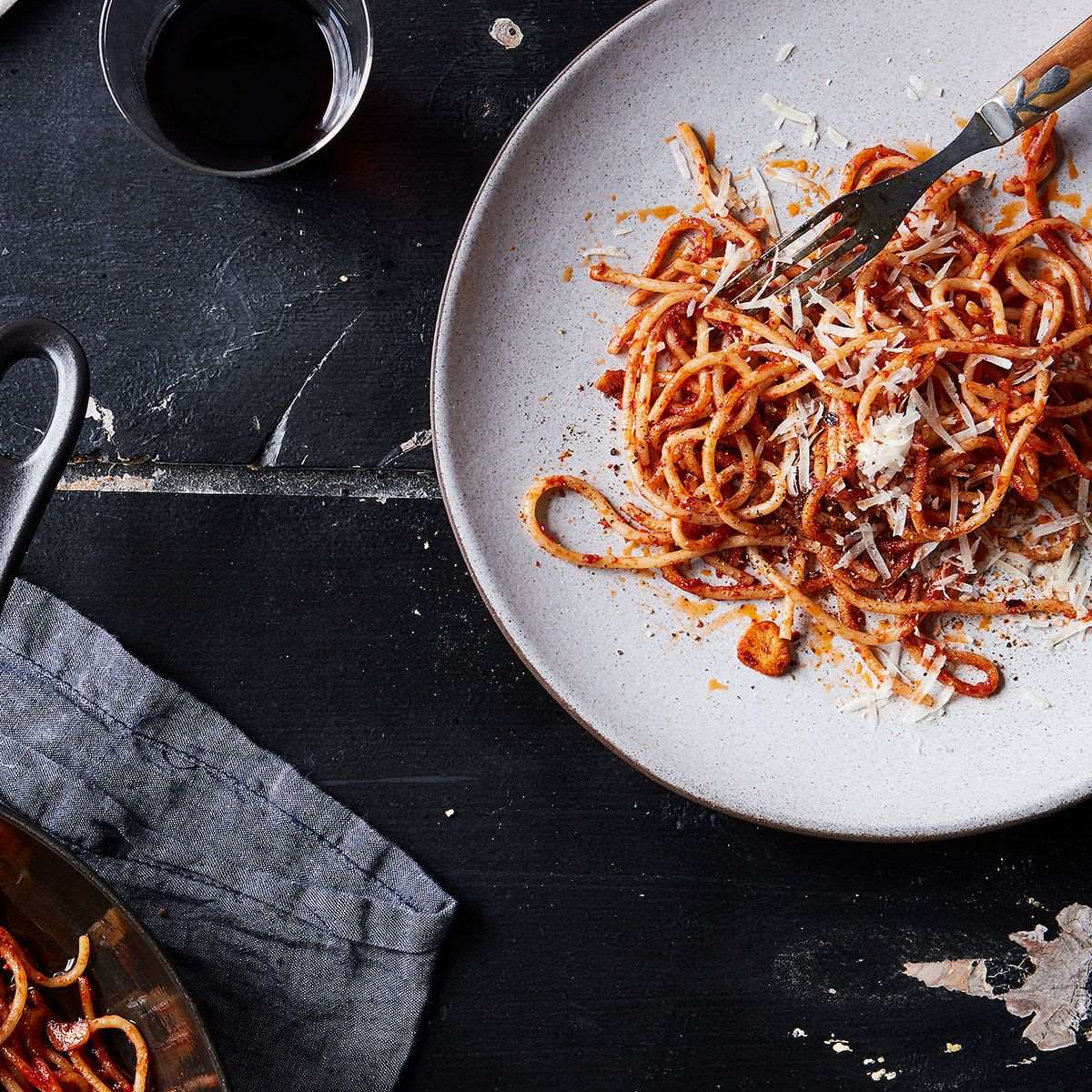

Articles
How To Store Leftover Pasta With Sauce
Modified: January 5, 2024
Learn the best ways to store and preserve leftover pasta with sauce in this informative article. Discover tips and tricks to keep your pasta tasting fresh and delicious.
(Many of the links in this article redirect to a specific reviewed product. Your purchase of these products through affiliate links helps to generate commission for Storables.com, at no extra cost. Learn more)
Introduction
Leftover pasta with sauce is a common sight in many households. Whether it’s spaghetti, fettuccine, or penne, we often find ourselves with more pasta than we can eat in one meal. Instead of letting it go to waste, it’s important to properly store leftover pasta with sauce to maintain its taste and quality for later consumption.
In this article, we will explore the various methods and tips for storing leftover pasta with sauce. We’ll also delve into the importance of proper storage techniques and provide creative recipes to help you utilize your leftovers in delicious meals.
So, if you’re tired of throwing away half-eaten bowls of pasta or ending up with dry and unappetizing leftovers, read on to discover the secrets of storing and reheating leftover pasta like a pro.
Key Takeaways:
- Properly storing leftover pasta with sauce is crucial for maintaining its taste, quality, and safety. Follow the right techniques to enjoy delicious meals and reduce food waste.
- Get creative with your leftover pasta by transforming it into exciting new dishes like pasta bakes, salads, frittatas, and more. Reduce food waste and savor every bite with inventive recipes.
Read more: How To Store Cooked Pasta With Sauce
Overview of Leftover Pasta With Sauce
Leftover pasta with sauce refers to cooked pasta that has been coated in a flavorful sauce and is left uneaten after a meal. This can happen for various reasons, such as preparing too much pasta, being unable to finish the entire dish, or intentionally cooking extra for future meals.
The sauce used can range from classic marinara and Alfredo to more specialized variations like pesto, carbonara, or Bolognese. The pasta itself can be any type, including spaghetti, linguine, penne, fusilli, or even lasagna sheets.
Leftover pasta with sauce can be a convenient and time-saving option for busy individuals or families. By storing it properly, you can have a delicious and satisfying meal ready to enjoy without the hassle of cooking from scratch.
However, it’s important to note that improper storage can lead to the pasta becoming dry, clumpy, or even spoiled. This is why knowing the right techniques for storing leftover pasta with sauce is crucial to ensure its quality and safety.
In the following sections, we will explore the importance of proper storage techniques and provide step-by-step instructions on how to store leftover pasta with sauce in the refrigerator, freezer, and even using vacuum-sealing methods. We will also discuss the best practices for reheating the pasta to maintain its taste and texture.
Additionally, we will share creative recipes that make use of leftover pasta with sauce, allowing you to transform your leftovers into exciting new dishes. So, let’s dive in and discover the secrets of storing and utilizing leftover pasta with sauce!
Why Proper Storage Is Important
Properly storing leftover pasta with sauce is essential for several reasons. Firstly, it helps to maintain the quality and taste of the pasta. When exposed to air and improper temperatures, pasta can quickly become dry and lose its flavor. The sauce can also separate or become watery, resulting in a less appetizing dish.
Secondly, proper storage techniques help to prevent the growth of bacteria and the risk of foodborne illnesses. Pasta and sauce are both perishable items that can spoil if left at room temperature for too long. This can lead to food poisoning and other health issues if consumed.
By following the right storage procedures, you can prolong the shelf life of your leftover pasta with sauce, ensuring that it remains safe to eat and enjoyable to consume later on.
Lastly, storing leftover pasta with sauce properly can save you time and money. Instead of letting it go to waste, you can utilize your leftovers in various recipes and meals. This not only reduces food waste but also allows you to have quick and convenient meals ready in no time.
Now that we understand the importance of proper storage techniques, let’s explore some tips and methods for storing leftover pasta with sauce.
Tips for Storing Leftover Pasta With Sauce
When it comes to storing leftover pasta with sauce, there are a few helpful tips to keep in mind. These tips will ensure that your pasta remains fresh, flavorful, and safe for future consumption:
- Cool the pasta before storing: Allow the cooked pasta to cool down before storing it to prevent the formation of condensation. This will help maintain its texture and prevent the pasta from becoming mushy.
- Separate the pasta from the sauce: If possible, store the pasta and sauce separately. This allows you to control the amount of sauce you use when reheating and prevents the pasta from becoming too soggy. If you prefer to store them together, make sure they are thoroughly mixed before storing.
- Choose the right container: Opt for airtight containers or resealable bags to store your leftover pasta with sauce. This helps prevent air exposure, which can cause the pasta to dry out and the sauce to go bad. Ensure that the containers are clean and free from any lingering odors.
- Label and date the containers: To avoid confusion and prevent the pasta from being forgotten in the back of the fridge, label each container with the type of pasta, sauce, and the date it was stored. This way, you can easily identify and use up the oldest leftovers first.
- Store in the refrigerator or freezer: Leftover pasta with sauce can be stored in either the refrigerator or the freezer, depending on your needs. If you plan to consume it within a few days, refrigeration is sufficient. If you want to keep it for a longer period, freezing is the better option.
- Divide into serving-sized portions: If you prefer to store single servings of leftover pasta with sauce, divide it into individual portions before storing. This way, you can defrost and heat only what you need, reducing waste and making it easier to manage.
By following these tips, you can ensure that your leftover pasta with sauce remains fresh, tasty, and safe to eat. Next, we will explore the step-by-step methods for storing leftover pasta in the refrigerator, freezer, and using vacuum-sealing techniques.
Method 1: Refrigerating Leftover Pasta With Sauce
Refrigeration is an ideal method for storing leftover pasta with sauce when you plan to consume it within a few days. Follow these steps to properly refrigerate your leftovers:
- Cool the pasta: Allow the cooked pasta with sauce to cool down at room temperature for about 30 minutes. This helps to prevent condensation and maintain the pasta’s texture.
- Select an airtight container: Choose a clean container that provides an airtight seal. Glass or plastic containers with tight-fitting lids are great options. Alternatively, you can use resealable plastic bags.
- Separate or mix: Decide whether you want to store the pasta and sauce separately or combined. If storing together, mix them well to ensure the pasta is evenly coated in sauce.
- Place in the container: Transfer the pasta with sauce into the chosen container, leaving a small space at the top to accommodate any expansion. Fill the container loosely to allow for proper airflow.
- Seal and label: Ensure that the container is securely sealed to prevent air exposure. Label the container with the type of pasta, sauce, and the date it was stored.
- Refrigerate: Place the container in the refrigerator and store it at a temperature below 40°F (4°C). Leftover pasta with sauce can typically be refrigerated for up to 3-4 days.
When you’re ready to enjoy your refrigerated leftover pasta, simply remove the desired portion from the container and reheat it using your preferred method. Be sure to consume the leftovers within the recommended timeframe to maintain their quality and safety.
Next, we’ll explore the process of freezing leftover pasta with sauce for longer storage.
Store leftover pasta with sauce in an airtight container in the refrigerator for up to 3-5 days. To prevent the pasta from becoming mushy, store the sauce and pasta separately and combine when reheating.
Read more: How To Store Homemade Pasta Sauce
Method 2: Freezing Leftover Pasta With Sauce
If you have a larger quantity of leftover pasta with sauce or you want to store it for an extended period, freezing is a great option. Here’s a step-by-step guide on how to freeze your leftovers:
- Cool the pasta: Allow the cooked pasta with sauce to cool down completely at room temperature.
- Select freezer-safe containers: Choose freezer-safe containers or resealable freezer bags that are sturdy and can withstand freezing temperatures. Make sure the containers are clean and dry.
- Separate or mix: Decide whether you want to store the pasta and sauce separately or combined. If storing together, mix them well to ensure the pasta is evenly coated in sauce.
- Portion the pasta: Divide the pasta into individual or family-sized portions based on your needs. This makes it easier to thaw and use only the amount you require without defrosting the entire batch.
- Place in containers or bags: Transfer the portions of pasta with sauce into the containers or bags, leaving about an inch of space at the top to allow for expansion during freezing.
- Label and date: Ensure each container or bag is labeled with the type of pasta, sauce, and the date it was stored. This will help you keep track of the frozen leftovers and their freshness.
- Remove air: If using resealable bags, squeeze out the excess air before sealing them tightly. This helps to prevent freezer burn and maintain the quality of the pasta.
- Freeze: Place the containers or bags in the freezer and store them in a flat orientation to maximize space. It’s advisable to place them on a baking sheet or tray initially to prevent them from sticking to the freezer shelf.
Frozen leftover pasta with sauce can typically be stored for up to 2-3 months without significant loss in quality. When you’re ready to eat, thaw the desired portion in the refrigerator overnight and then reheat it using your preferred method.
It’s important to note that freezing can slightly alter the texture of the pasta, especially if it is delicate or filled with softer ingredients. However, the flavor and overall quality should still be preserved, making frozen leftover pasta a convenient and delicious option when you’re in need of a quick meal.
Next, we’ll explore an alternative method for storing leftover pasta with sauce using vacuum-sealing techniques.
Method 3: Vacuum Sealing Leftover Pasta With Sauce
Another effective method for storing leftover pasta with sauce is using vacuum-sealing techniques. Vacuum sealing helps to remove air from the packaging, preventing oxidation and freezer burn, and maintaining the freshness of your leftovers for an extended period. Follow these steps to vacuum seal your pasta:
- Cool the pasta: Allow the cooked pasta with sauce to cool completely at room temperature.
- Divide into portions: Divide the pasta into individual or family-sized portions based on your needs. This ensures that you can defrost and use only the amount required for each meal.
- Select vacuum sealer bags or rolls: Choose quality vacuum sealer bags or rolls that are suitable for freezer storage and can be used with your vacuum sealer machine.
- Prepare the bags: Cut the bags or rolls to a size that allows you to comfortably fit each portion of pasta with some extra space for sealing.
- Place the pasta in the bags: Carefully transfer each portion of pasta with sauce into a separate bag, ensuring not to overfill them. Leave a small space at the top to allow for proper sealing.
- Seal the bags: Follow the instructions for your vacuum sealer machine to seal the bags. This will remove the air from the bags and create an airtight seal.
- Label and date: Label each sealed bag with the type of pasta, sauce, and the date it was stored. This will help you keep track of the contents and ensure you use the oldest leftovers first.
- Freeze: Place the sealed bags of pasta in the freezer and store them in a flat orientation to save space.
When you’re ready to enjoy your vacuum-sealed leftover pasta, simply remove the desired portion from the freezer and allow it to thaw in the refrigerator overnight. You can then reheat it using your preferred method, whether it’s stovetop, microwave, or oven.
By vacuum-sealing your leftover pasta with sauce, you can extend its shelf life and maintain its quality for months in the freezer. This method is particularly useful for bulk cooking, meal prepping, or when you want to store leftovers for future meals.
Now that we have covered the different methods for storing leftover pasta with sauce, let’s move on to the proper reheating techniques to bring the flavors and textures back to life.
Properly Reheating Leftover Pasta With Sauce
Reheating leftover pasta with sauce is crucial to bringing back its delicious flavors and maintaining its desired texture. Follow these guidelines to properly reheat your leftovers:
- Defrost if frozen: If your pasta was frozen, make sure to thaw it in the refrigerator overnight before reheating. This will ensure even reheating and prevent uneven texture.
- Stovetop method: The stovetop method is ideal for reheating larger portions of pasta. Place the pasta with sauce in a skillet or saucepan and add a small amount of water or additional sauce to prevent it from sticking. Heat gently over medium-low heat, stirring occasionally, until the pasta is heated through.
- Microwave method: The microwave is a quick and convenient way to reheat smaller portions of pasta. Transfer the pasta with sauce to a microwave-safe dish and cover it with a microwave-safe lid or microwave-safe plastic wrap. Heat in 30-second intervals, stirring in between, until the pasta is heated to your desired temperature.
- Oven method: If you prefer to reheat larger portions or want to add some crispy texture to your pasta, the oven method is a great choice. Preheat your oven to 350°F (175°C). Place the pasta with sauce in an oven-safe dish, cover it with aluminum foil to prevent excessive drying, and bake for about 20-25 minutes or until heated through.
- Adjust seasoning: After reheating, taste the pasta and adjust the seasoning if needed. You may want to add a pinch of salt, a sprinkle of grated cheese, or a drizzle of olive oil to enhance the flavors.
It’s important to note that reheating pasta multiple times should be avoided, as it can lead to a decline in quality and texture. It’s best to only reheat the amount you plan to consume to preserve the flavors and overall enjoyment of the dish.
Now that you know how to properly reheat your leftover pasta with sauce, it’s time to explore some creative recipes that can help you transform those leftovers into exciting and delicious new dishes.
Creative Recipes to Use Up Leftover Pasta With Sauce
Leftover pasta with sauce doesn’t have to be boring or repetitive. With a dash of creativity and a few additional ingredients, you can transform your leftovers into new and exciting dishes. Here are some delicious recipe ideas to inspire you:
- Pasta Bake: Mix your leftover pasta with sauce with some additional cheese, vegetables, and protein of your choice. Place it in a baking dish, top with breadcrumbs and more cheese, and bake until golden and bubbly.
- Pasta Salad: Turn your leftover pasta into a refreshing pasta salad by adding some fresh vegetables, herbs, and a zesty dressing. It’s a perfect dish for picnics or as a light lunch option.
- Pasta Frittata: Combine your leftover pasta with sauce with beaten eggs and additional ingredients like cheese, vegetables, and cooked bacon. Cook it in a skillet on the stovetop until golden and set. It’s a delightful and hearty breakfast or brunch option.
- Pasta Pizza: Spread your leftover pasta with sauce on a pre-made pizza crust or even on a tortilla. Top it with cheese, your favorite toppings, and bake until the cheese is melted and bubbly. It’s a quick and creative way to enjoy your leftovers.
- Pasta Stuffed Peppers: Mix your leftover pasta with sauce with some cooked ground meat or tofu. Stuff the mixture into bell peppers, sprinkle with cheese, and bake until the peppers are tender and the cheese is melted and golden.
- Pasta Soup: Turn your leftover pasta into a comforting soup by adding it to a simmering broth with vegetables, protein, and herbs. Let it cook for a few minutes until heated through, and serve with some crusty bread.
- Pasta Stir-Fry: Stir-fry your leftover pasta with sauce with some vegetables, protein, and soy sauce. Toss everything in a hot skillet until heated through and the flavors are well incorporated.
- Pasta Croquettes: Mix your leftover pasta with sauce with some breadcrumbs, grated cheese, and beaten eggs. Shape the mixture into small croquettes, coat them in breadcrumbs, and fry until crispy and golden. Serve as an appetizer or a fun side dish.
These recipes are just a starting point, and you can let your imagination run wild. Feel free to experiment with different flavors, ingredients, and cooking techniques to create unique and delicious dishes using your leftover pasta with sauce.
With these creative recipe ideas in mind, you can now fully enjoy your leftover pasta with sauce without feeling like you’re eating the same thing twice. Now, let’s wrap up our article.
Read more: How To Store Pasta Sauce In Freezer
Conclusion
Leftover pasta with sauce doesn’t have to be a mundane dining experience. By properly storing and utilizing your leftovers, you can enjoy delicious meals and reduce food waste. Whether you choose to refrigerate, freeze, or vacuum seal your pasta, following the right techniques and tips ensures that it stays fresh, flavorful, and safe for future consumption.
Reheating leftover pasta with sauce using stovetop, microwave, or oven methods helps restore its taste and texture, allowing you to savor every bite. Don’t be afraid to add a personal touch by adjusting the seasoning or incorporating additional ingredients to create new dishes.
With the help of creative recipes, you can transform your leftover pasta with sauce into exciting dishes like pasta bakes, pasta salads, frittatas, and more. Let your culinary imagination guide you as you experiment with flavors and textures to create unique and mouthwatering meals.
Remember, proper storage, reheating, and creative usage of leftover pasta with sauce not only enhance your dining experience but also contribute to reducing food waste, saving money, and conserving resources.
So, the next time you find yourself with leftover pasta and sauce, put these tips and techniques into action. Store it properly, reheat it with care, and let your creativity shine in the kitchen. Enjoy your leftover pasta with sauce in a whole new way!
Frequently Asked Questions about How To Store Leftover Pasta With Sauce
Was this page helpful?
At Storables.com, we guarantee accurate and reliable information. Our content, validated by Expert Board Contributors, is crafted following stringent Editorial Policies. We're committed to providing you with well-researched, expert-backed insights for all your informational needs.
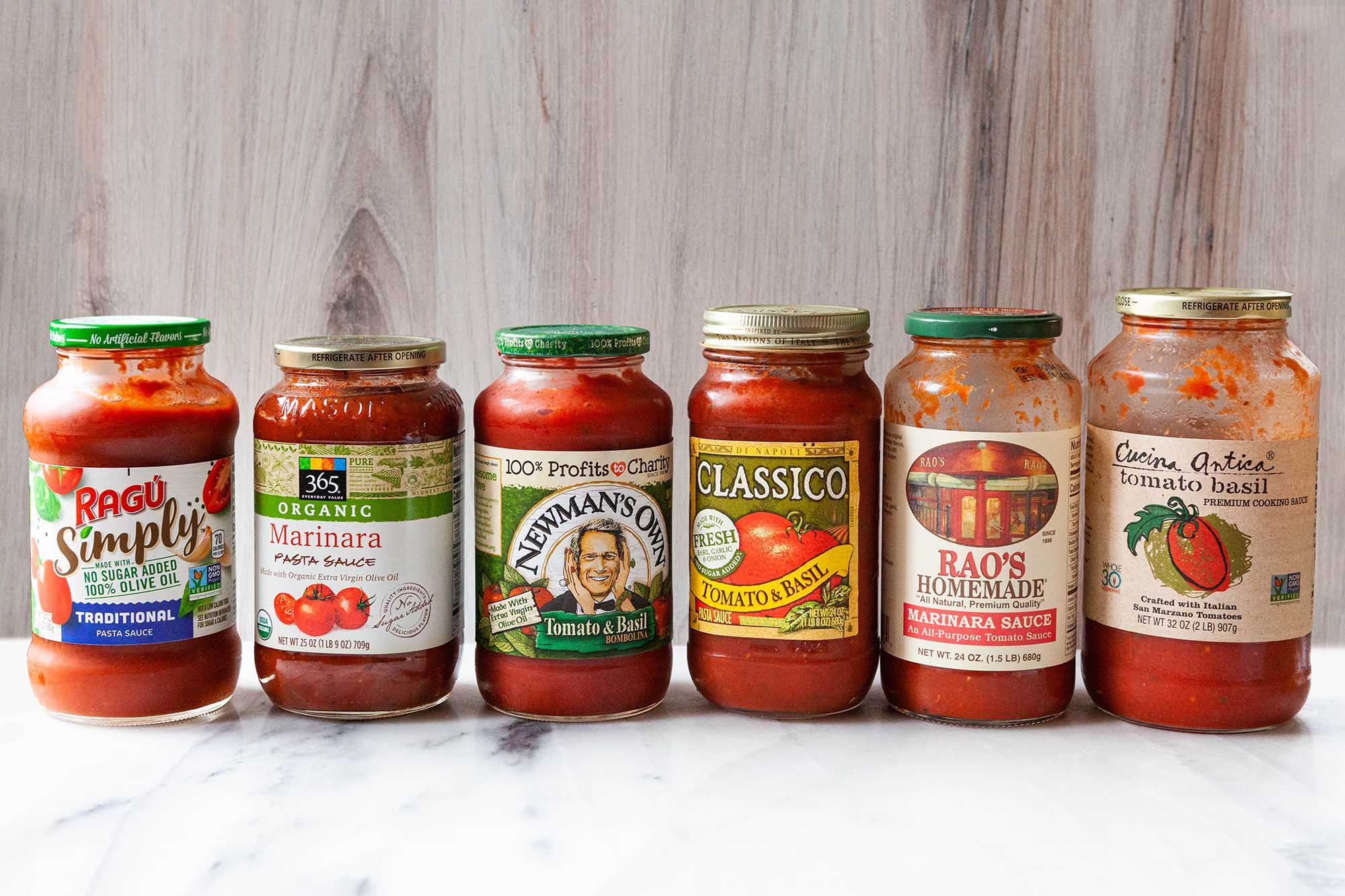
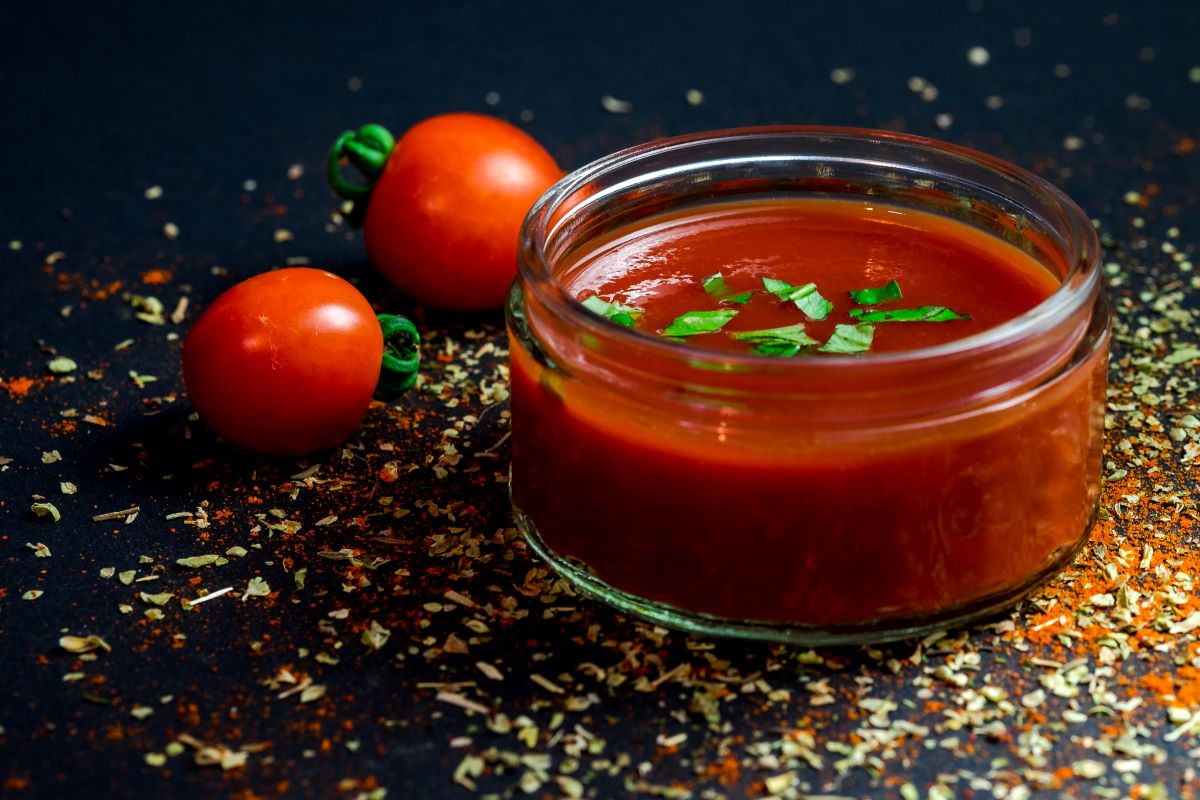
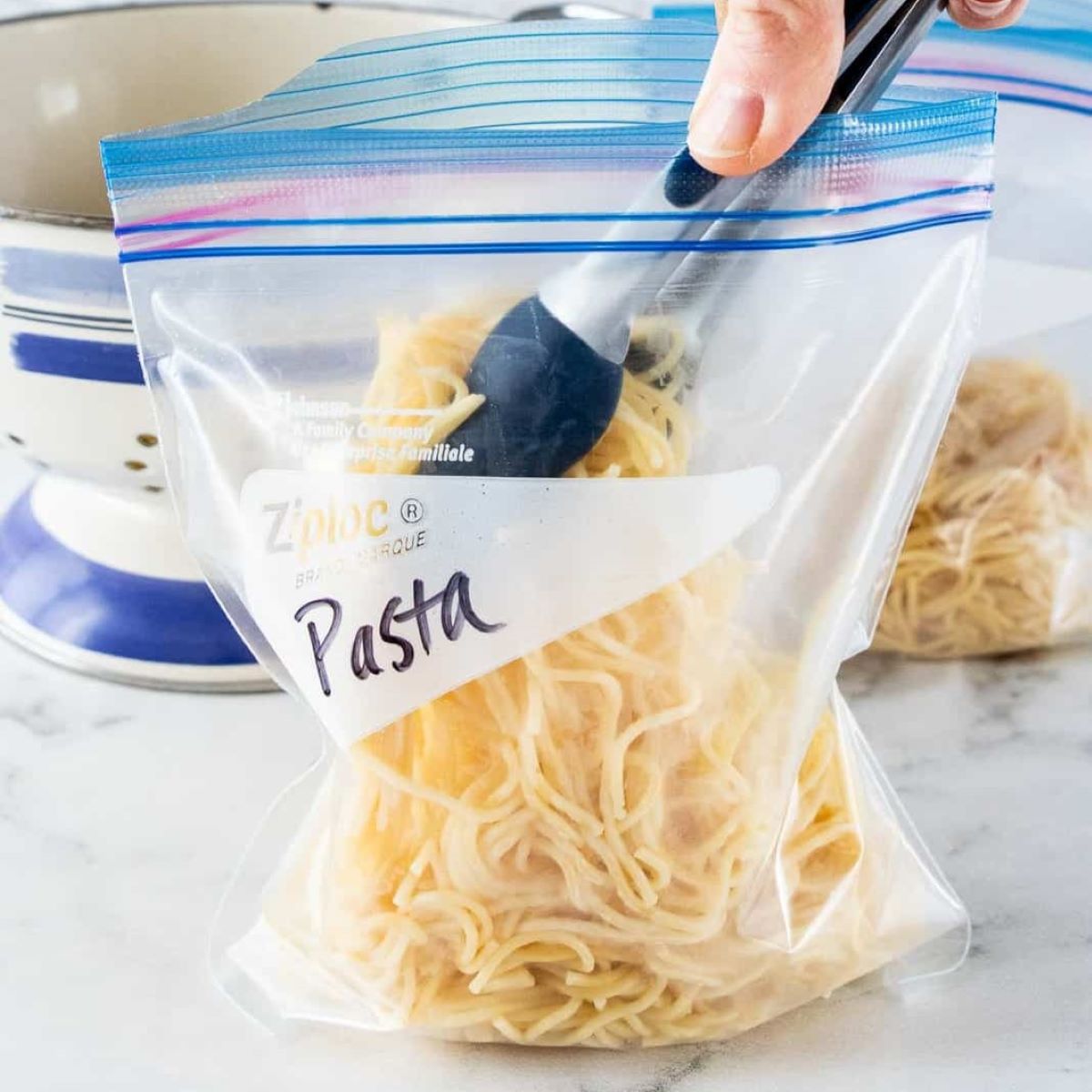
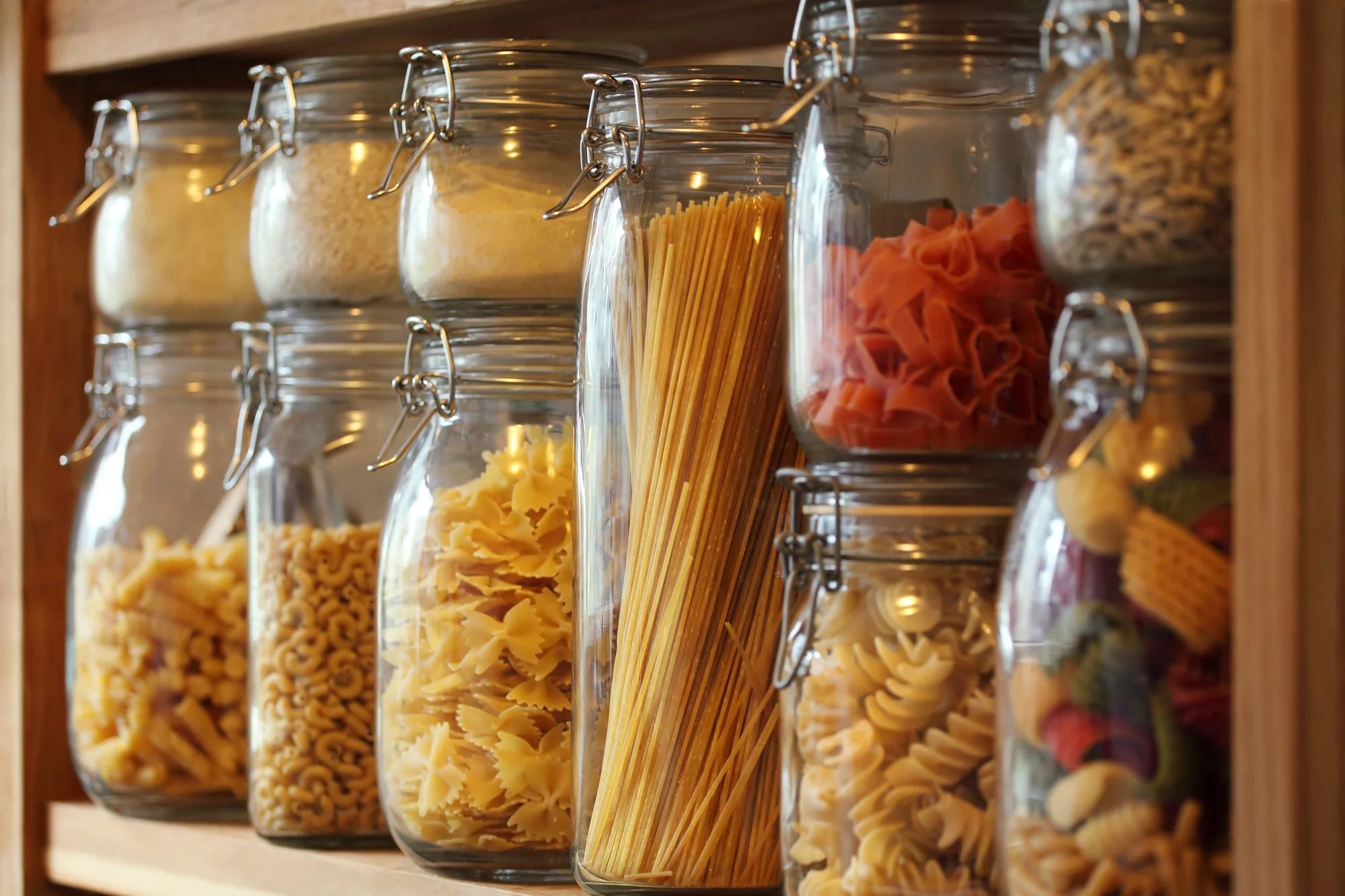
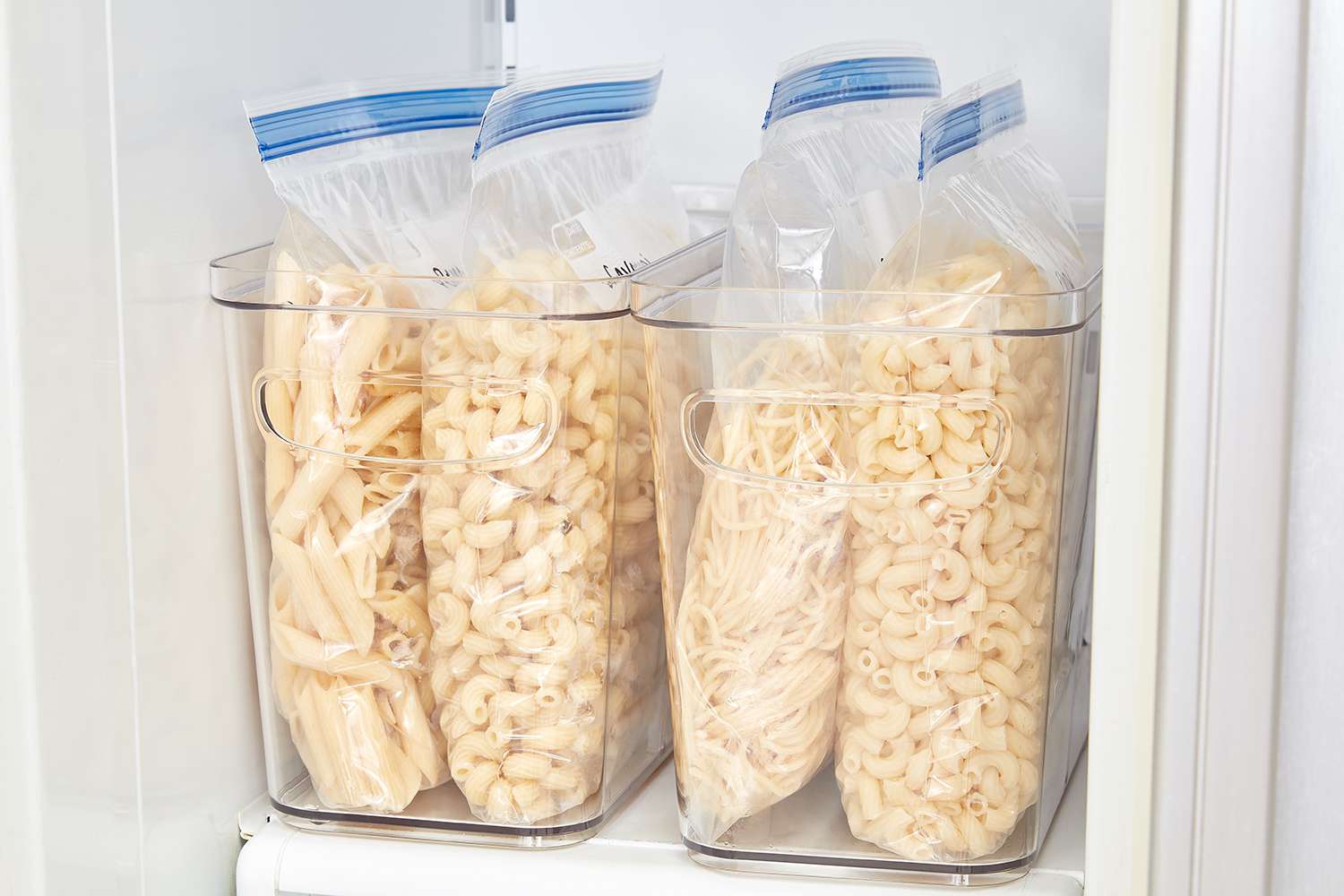
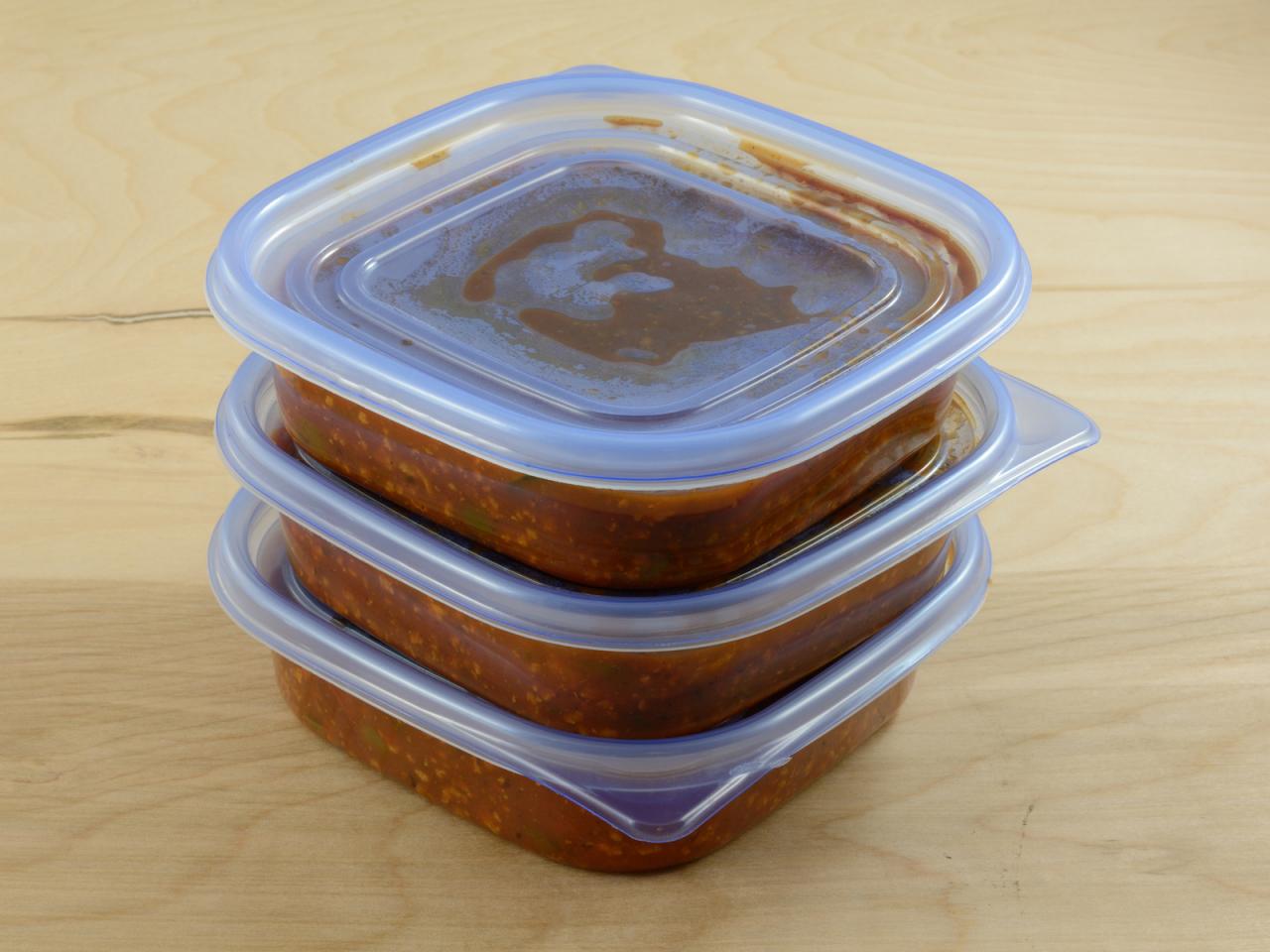
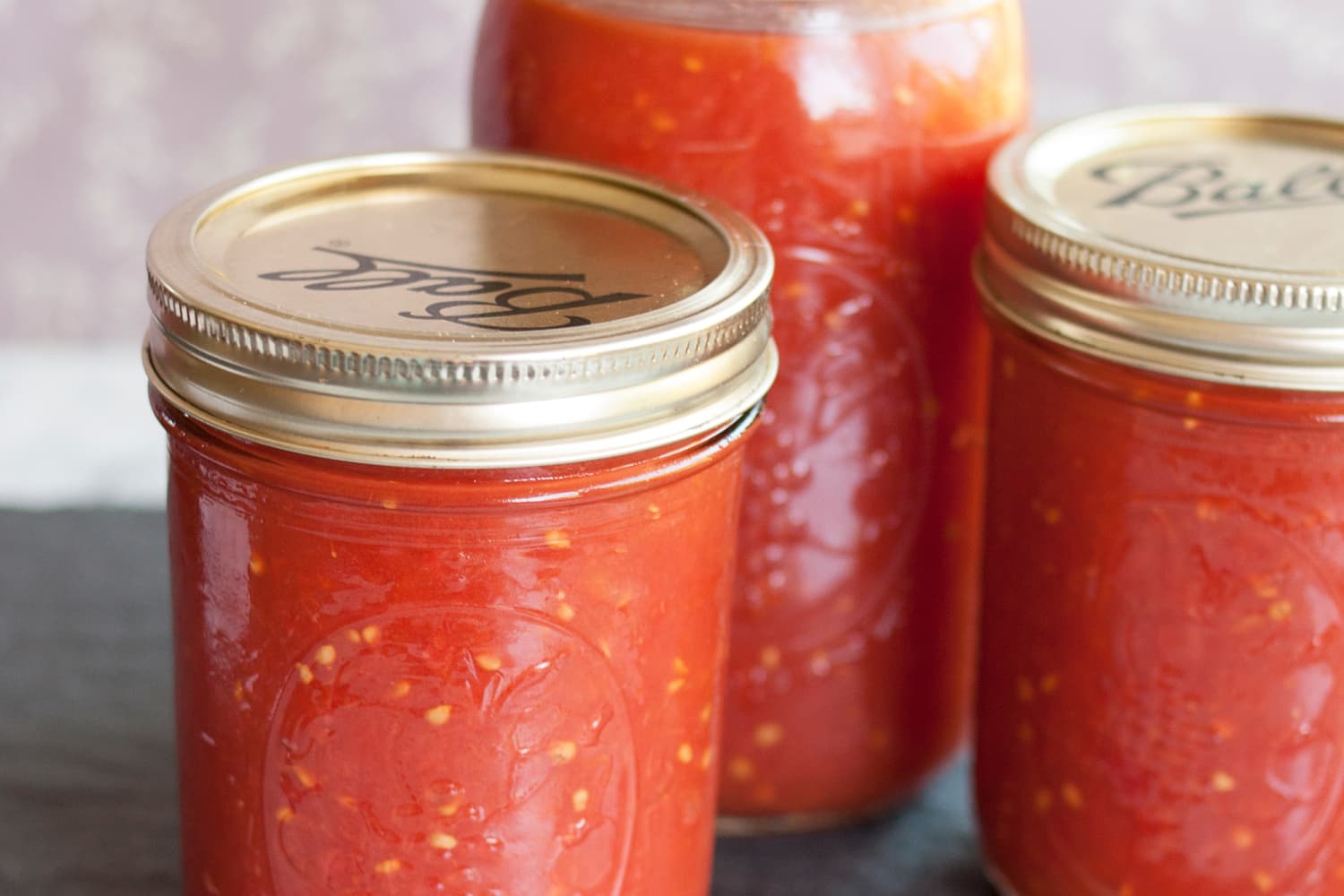
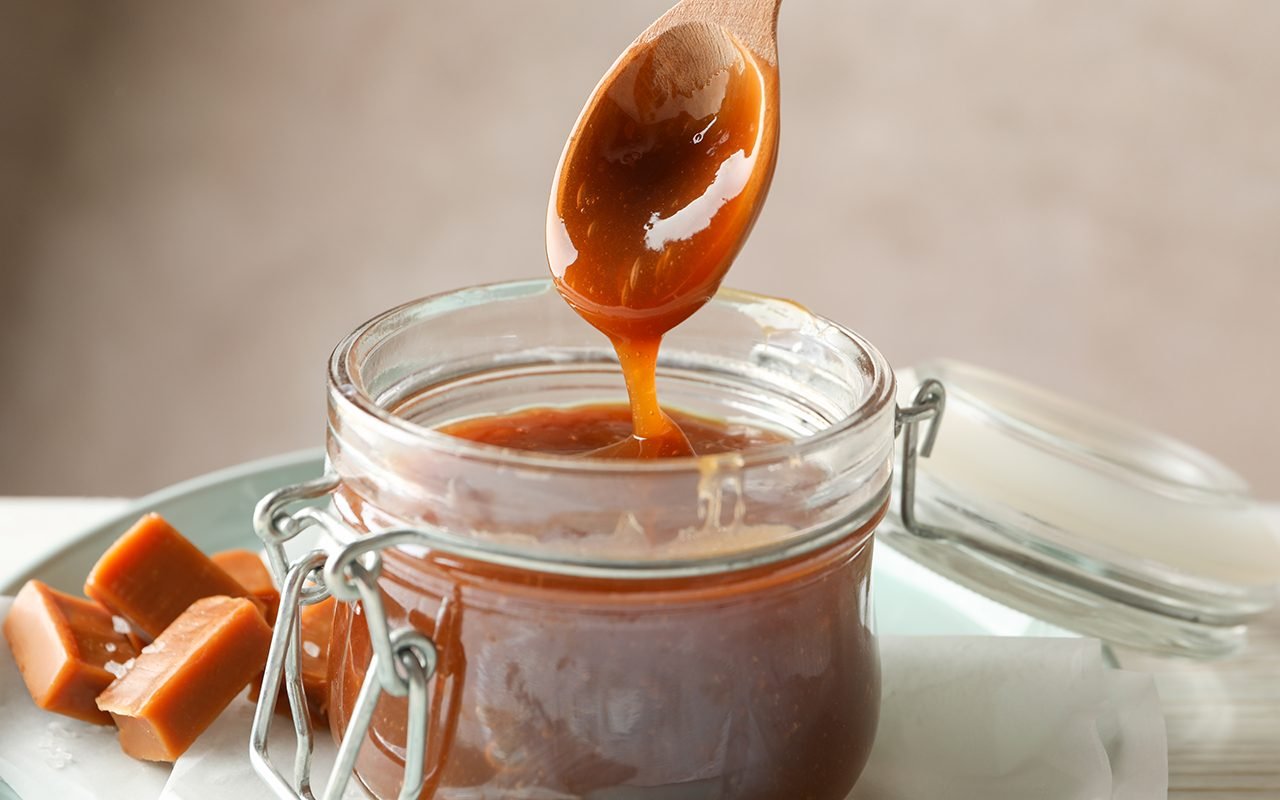
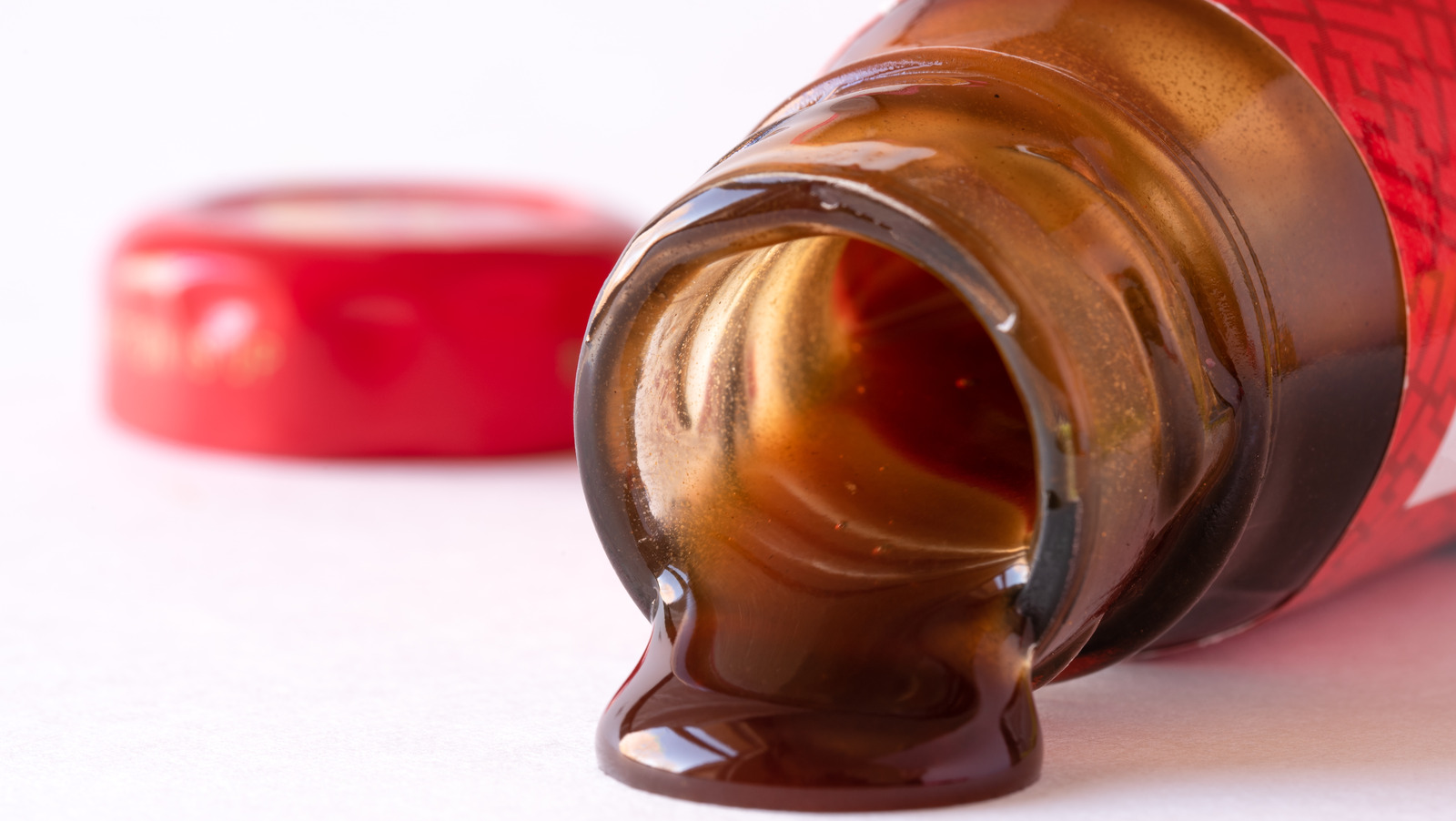
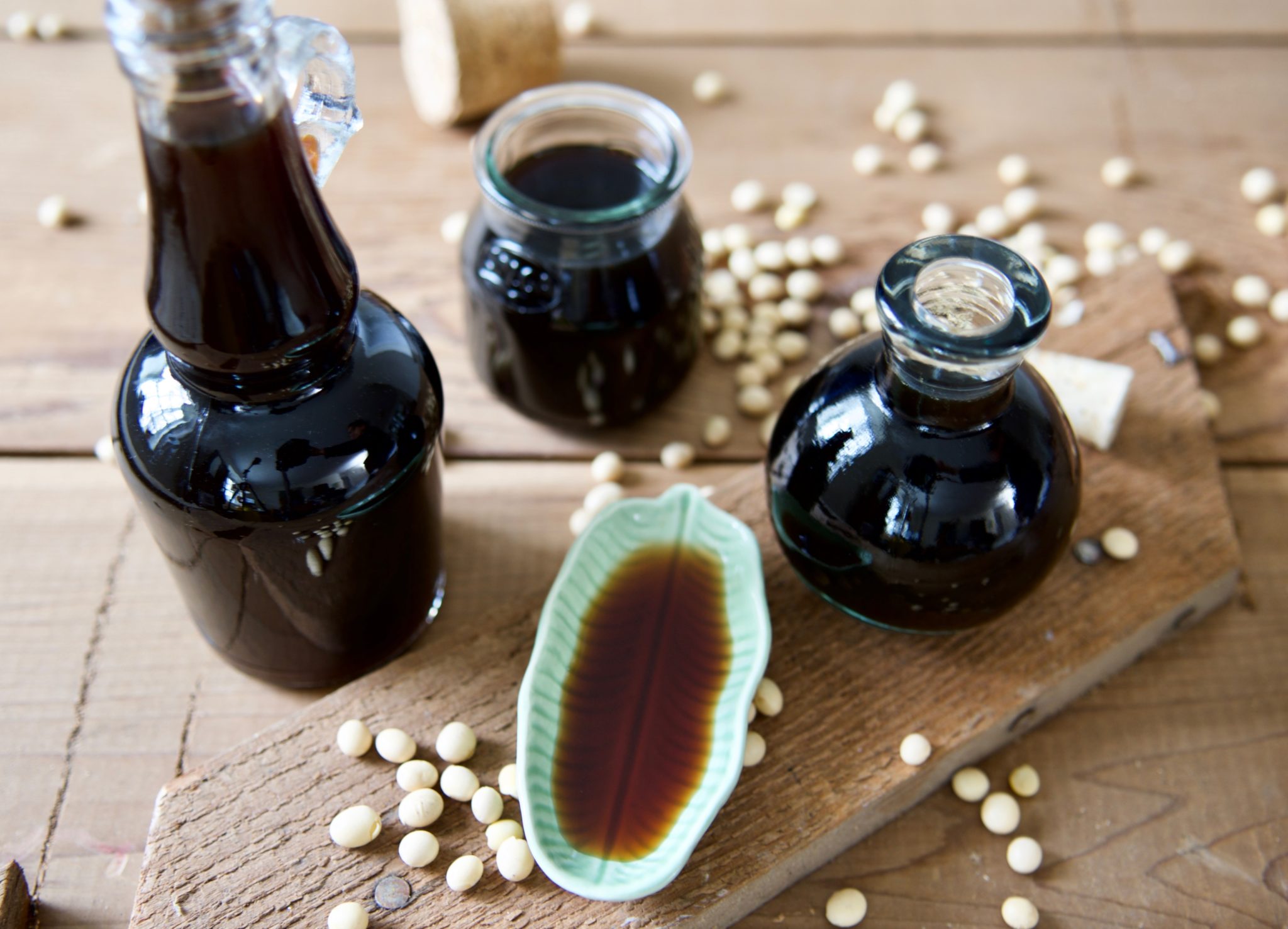
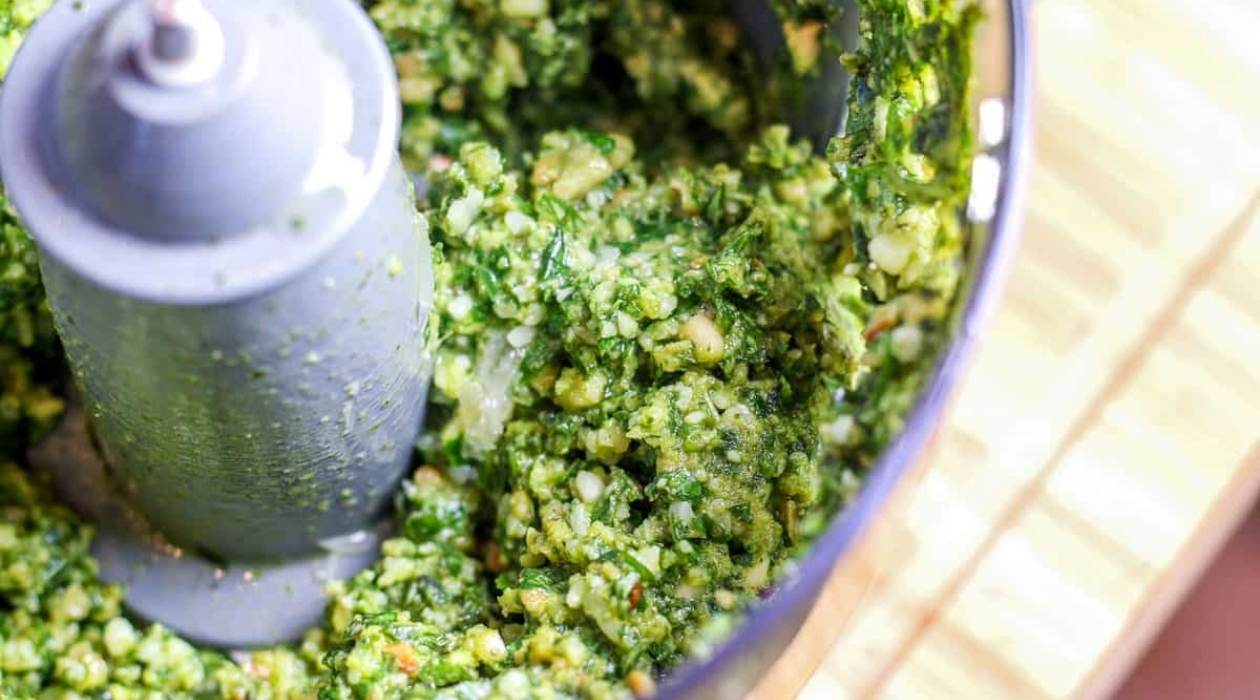
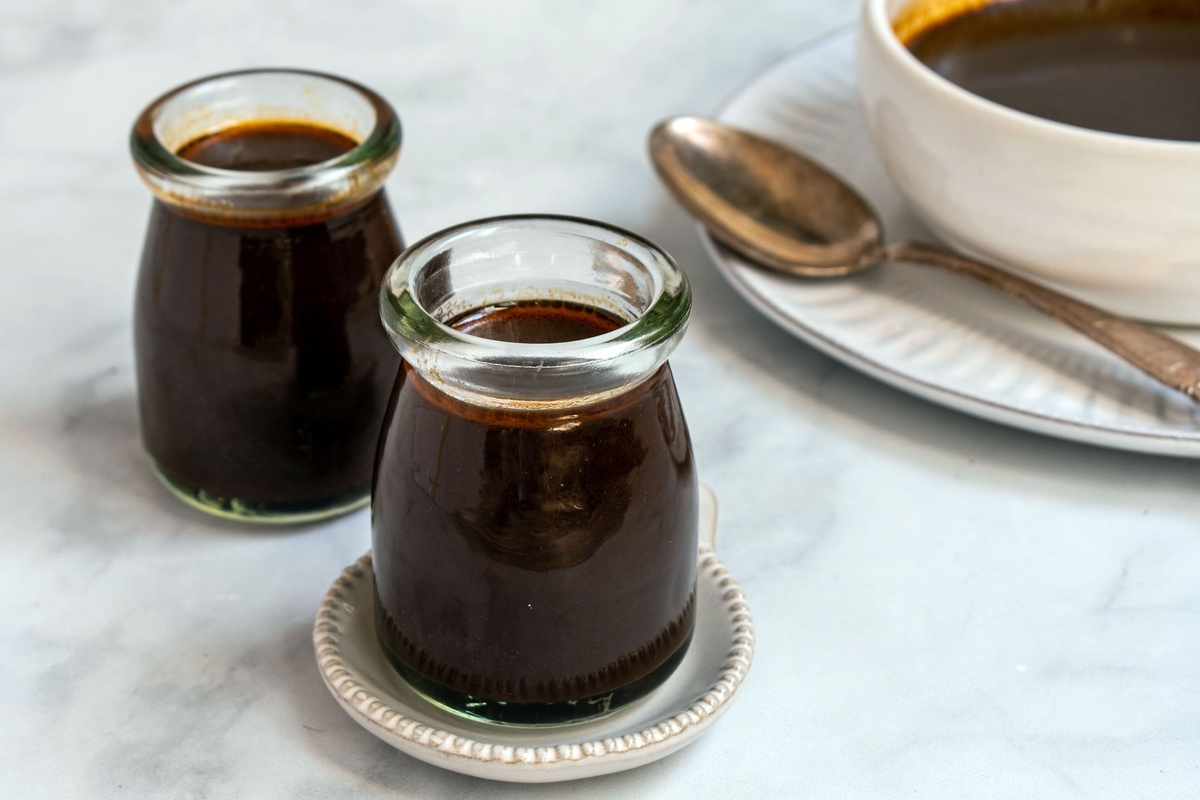
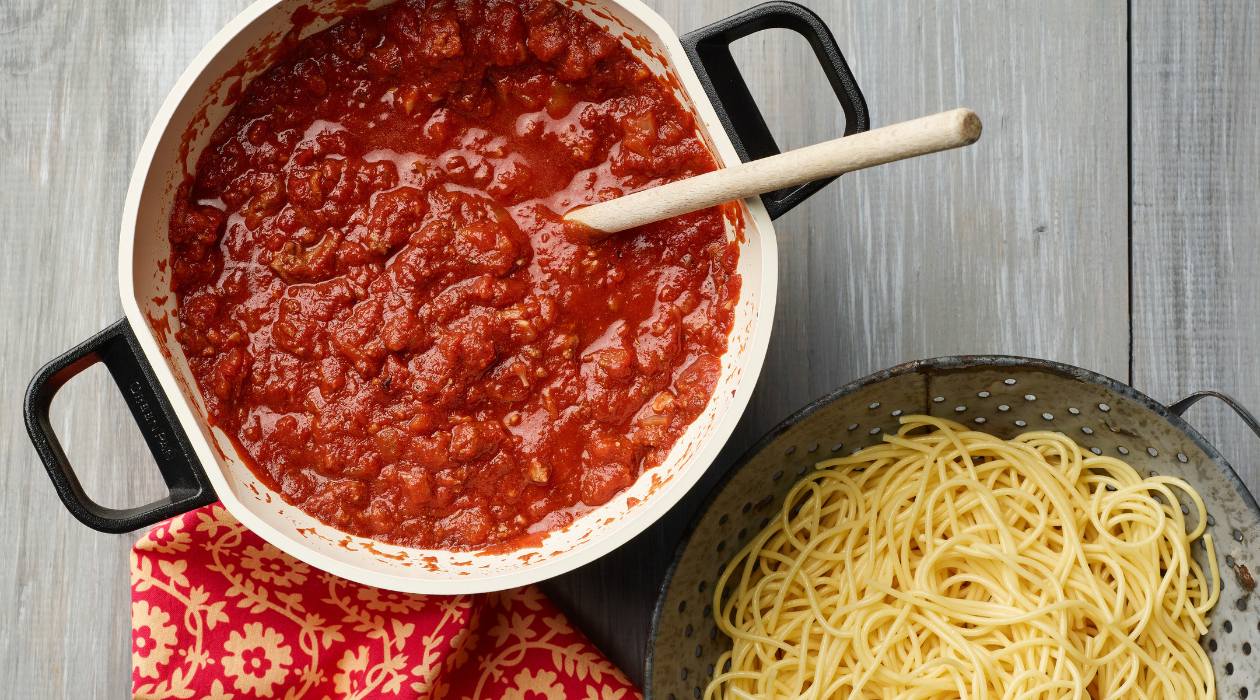

0 thoughts on “How To Store Leftover Pasta With Sauce”